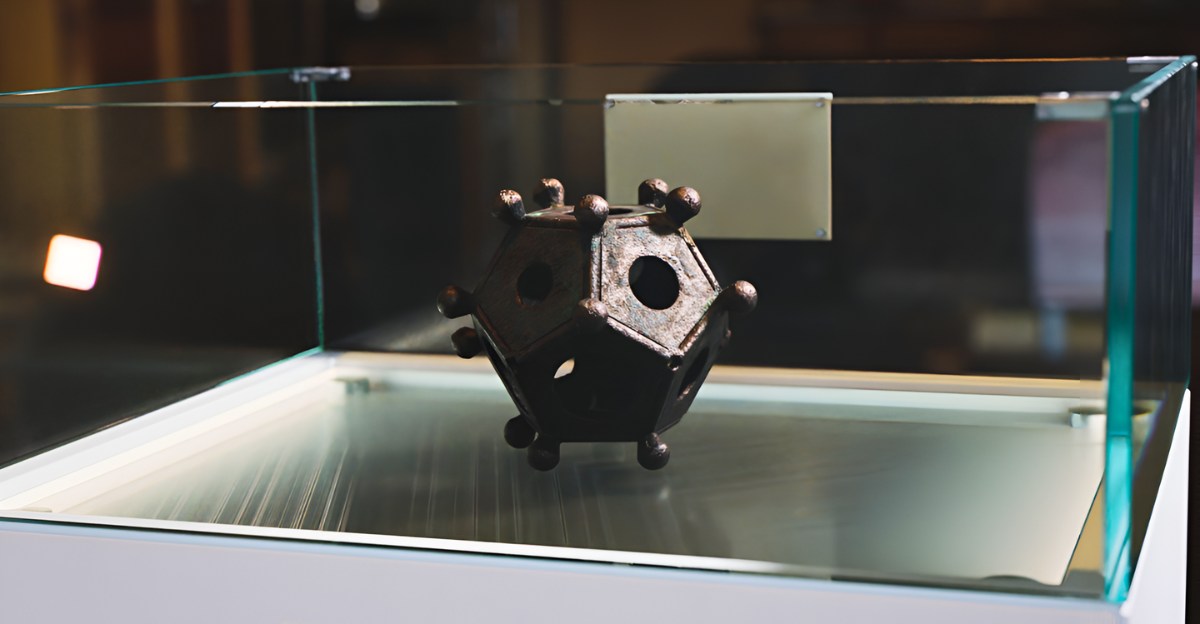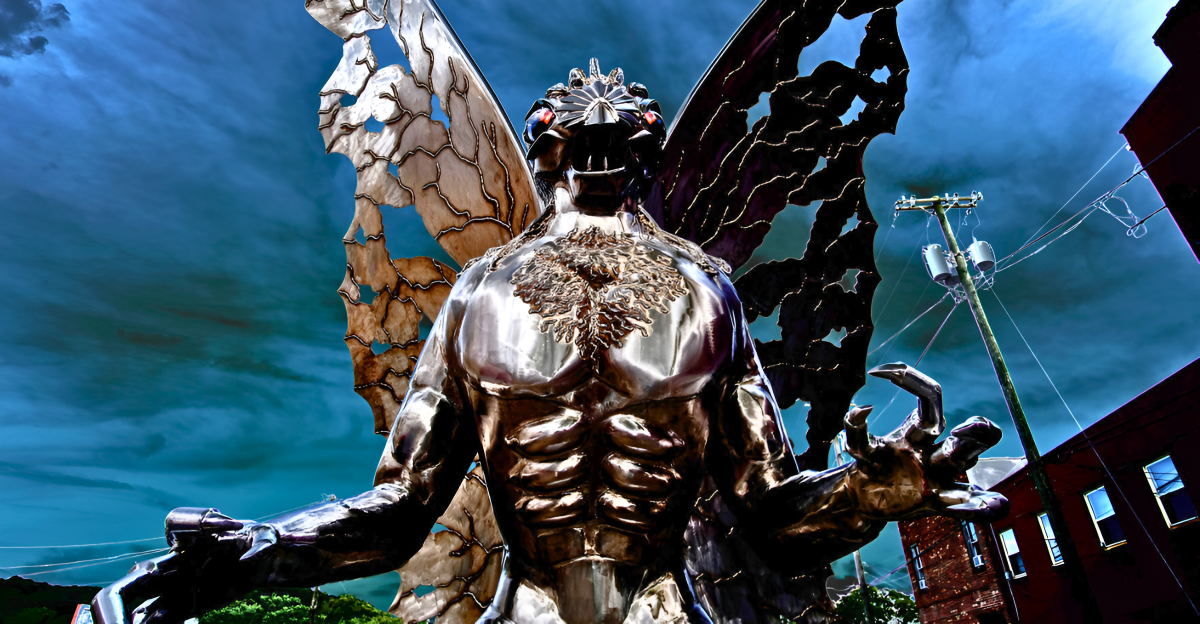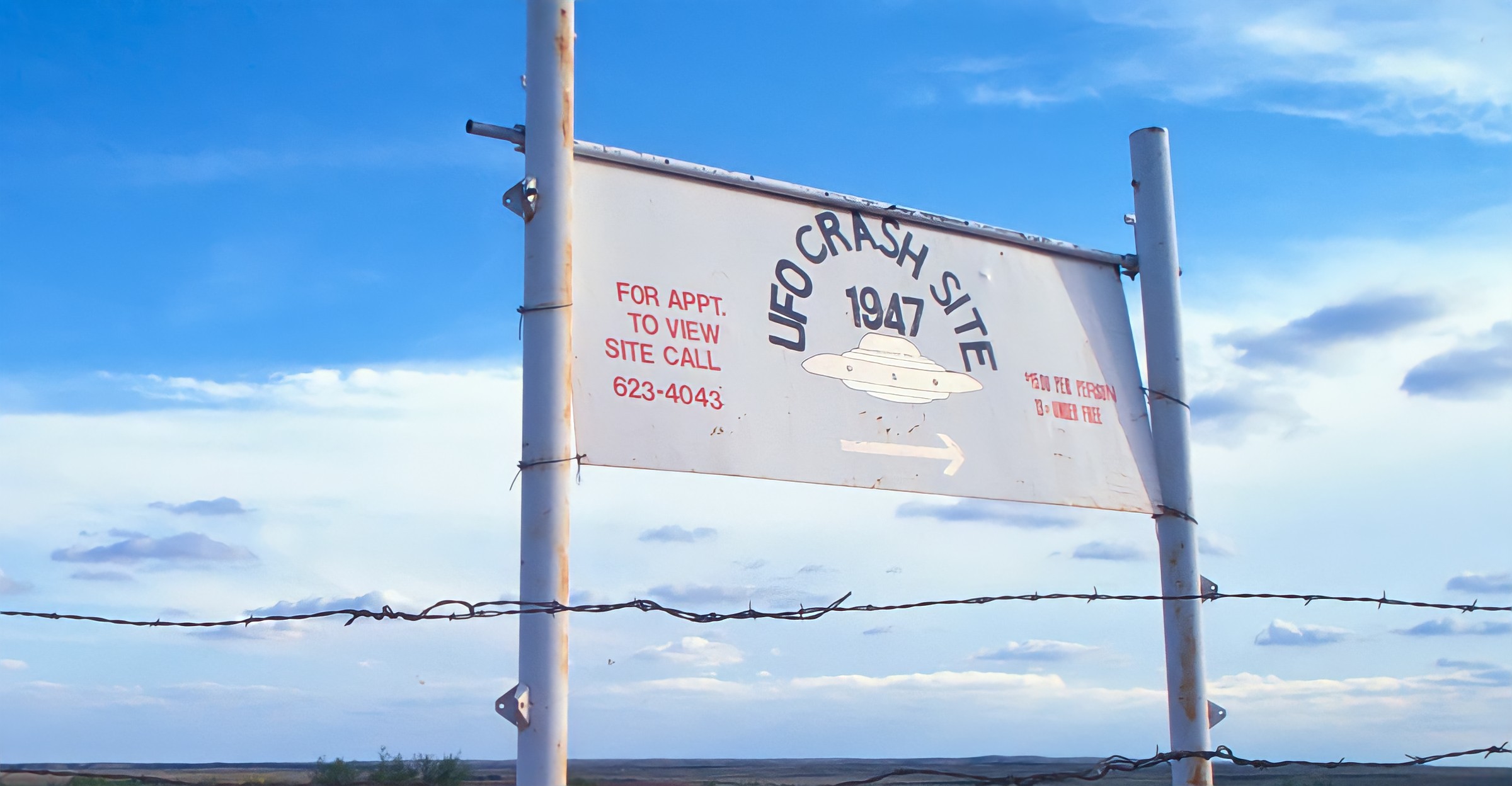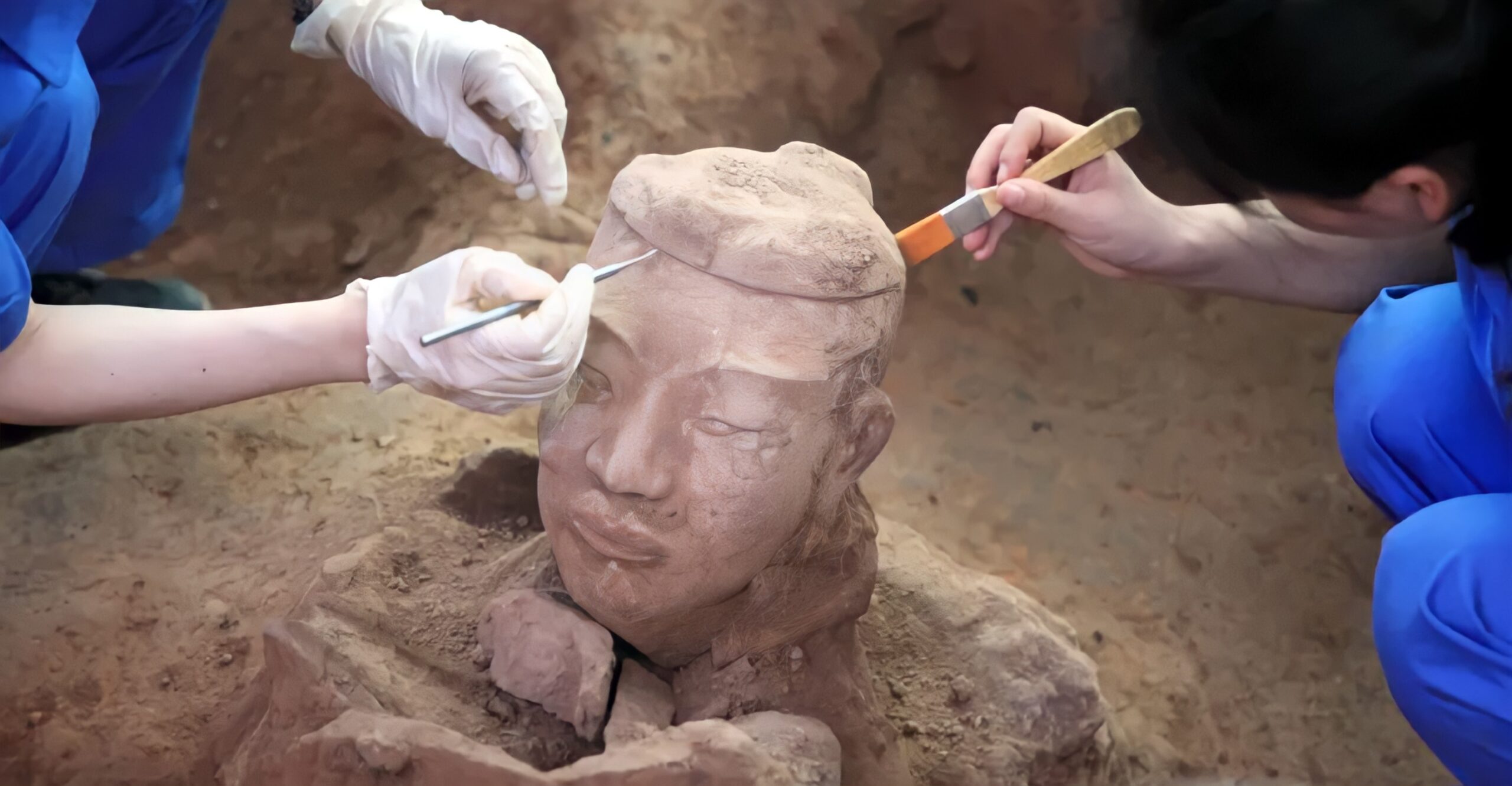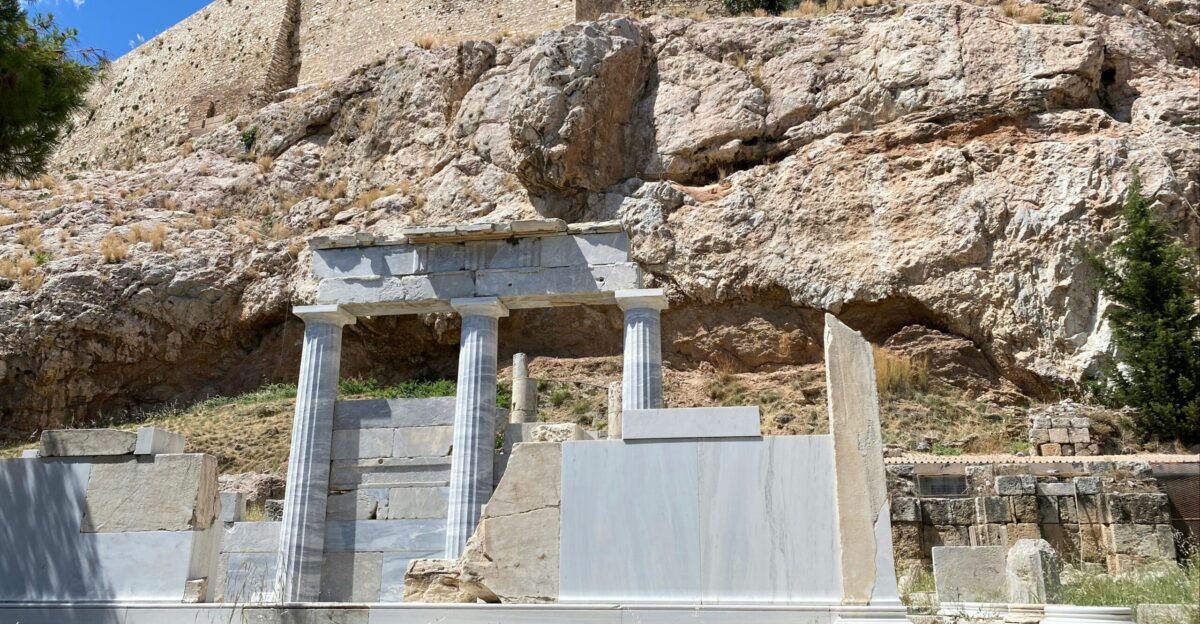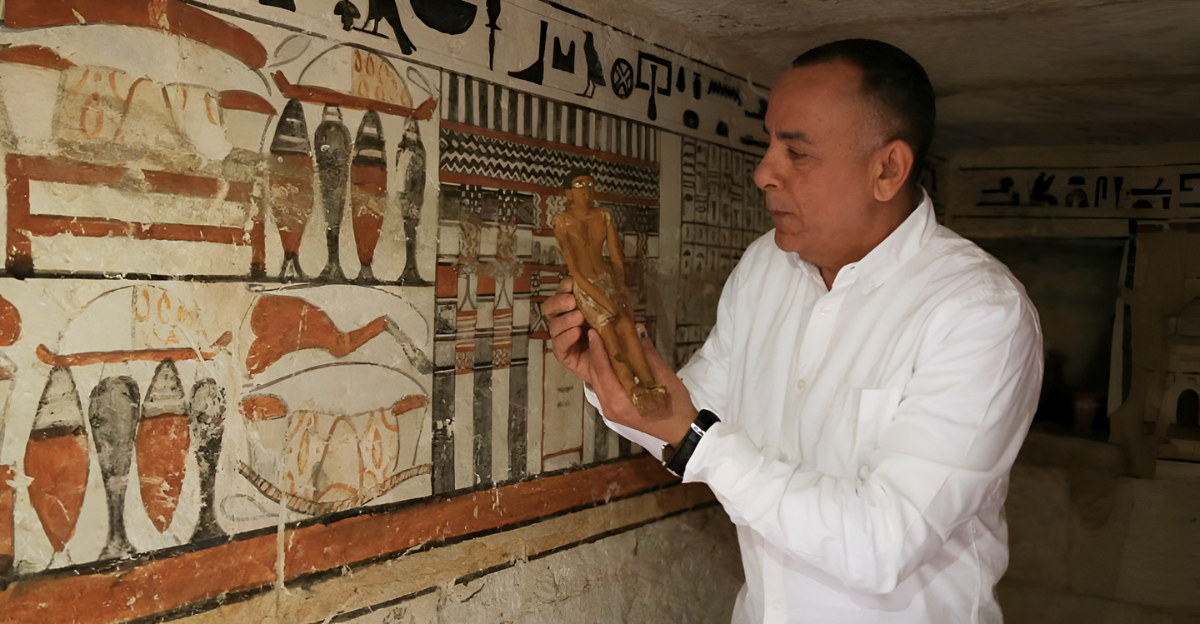
In the cliffs of Luxor’s west bank lies an elaborate tomb that has defied identification for nearly 50 years. First uncovered in the 1970s, its painted walls and grand chambers pointed to someone of immense status — yet not a single surviving inscription named the dead. Generations of archaeologists searched for clues, but the tomb kept its silence.
Now, after decades of speculation, a modern investigation has uncovered evidence that finally answers the question: who was buried here?
This Luxor Tomb Was Built for Power — But Whose Power?
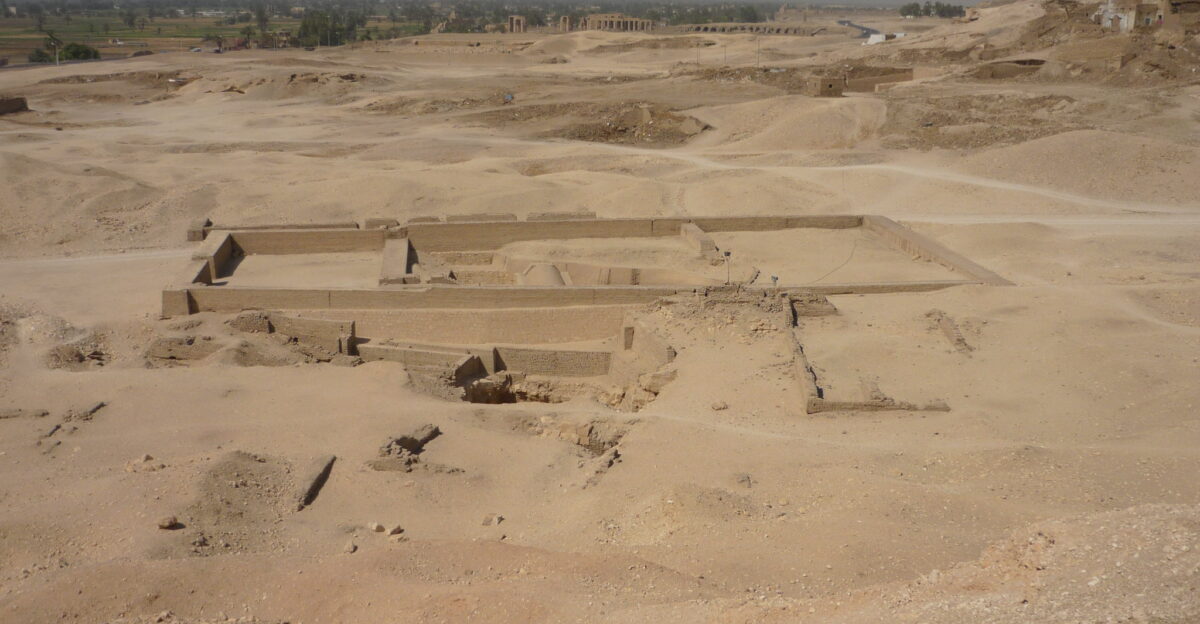
The tomb lies in the Al-Asasif necropolis, a prestigious burial ground for Thebes’ high-ranking officials and priests. Its location among richly decorated tombs suggested an occupant of considerable status.
Still, with no inscriptions or statues to name the dead, early archaeologists were left with only educated guesses about the person’s identity.
First Excavated in the 1970s — and Still a Mystery
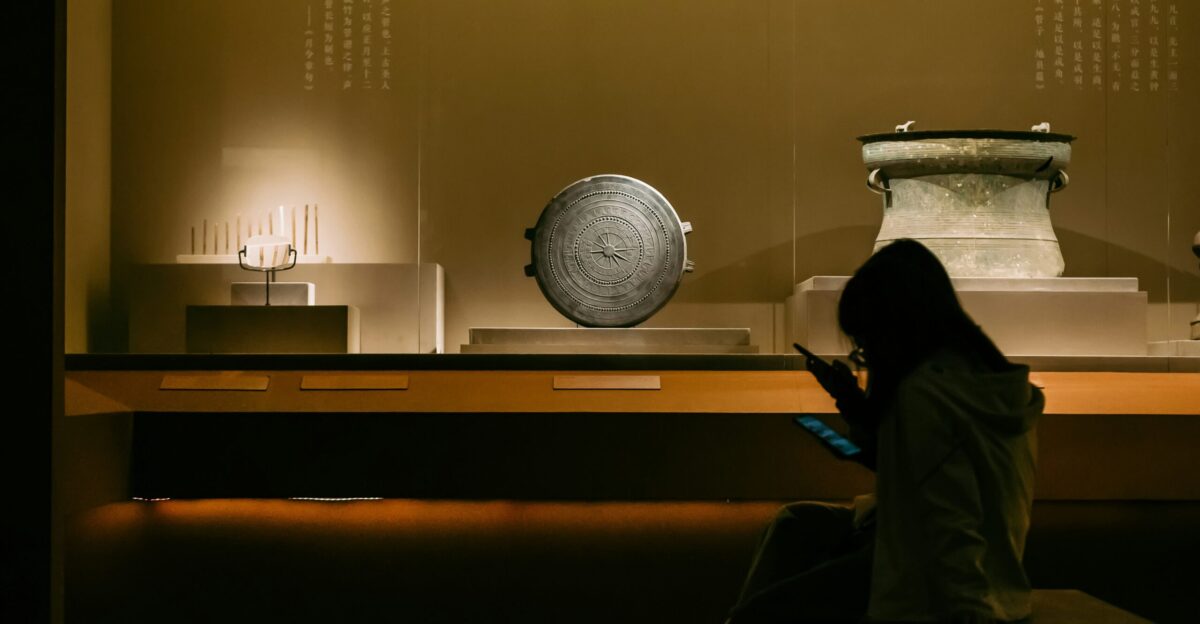
German archaeologist Friederike Kampp-Seyfried first documented the site in the 1970s. She noted its grand architecture and painted walls but found nothing conclusive about the occupant. “We could only say it belonged to someone important,” Kampp wrote in her 1980 excavation notes, “but not who.”
The absence of inscriptions left the mystery unsolved.
Why Archaeologists Returned to a Forgotten Tomb
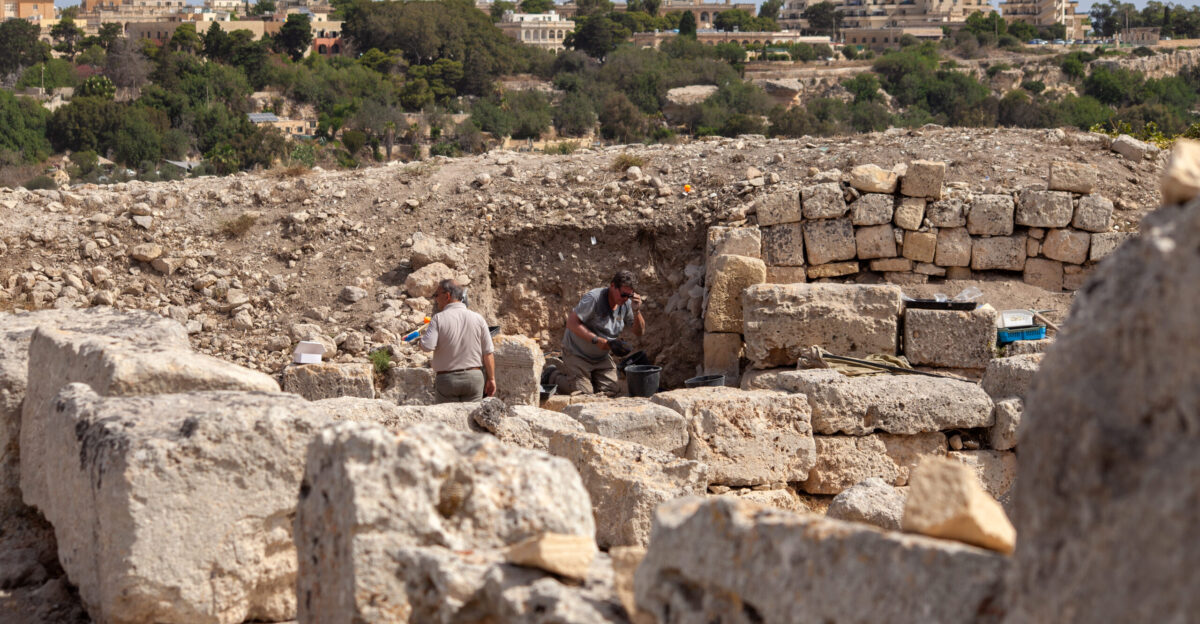
This changed when a joint Egyptian-Canadian team carried out the first excavation since Kampp’s work. Backed by Egypt’s Supreme Council of Antiquities and the University of Ontario, the team used ground-penetrating radar, high-resolution imaging, and meticulous excavation to search for overlooked evidence hidden in debris and damaged walls.
Faint Inscriptions Could Hold the Key

Researchers found eroded limestone blocks and pottery shards with partial inscriptions among the rubble. “These fragments were faint and incomplete, easily missed in the past — but each one offered a potential clue,” explained Dr. Yasmin Hussein, the team’s epigraphy specialist.
Every recovered piece brought them closer to the truth.
The Titles Suggest an Official of Immense Authority

These fragments revealed titles linked to political, religious, and economic authority in Thebes, such as “God’s Father of Amun” and “Overseer of Taxes.” Yet the names were damaged, leaving uncertainty over whether the titles referred to one individual or multiple officials who served during the same period.
A Clue Buried in the Ramesside Era
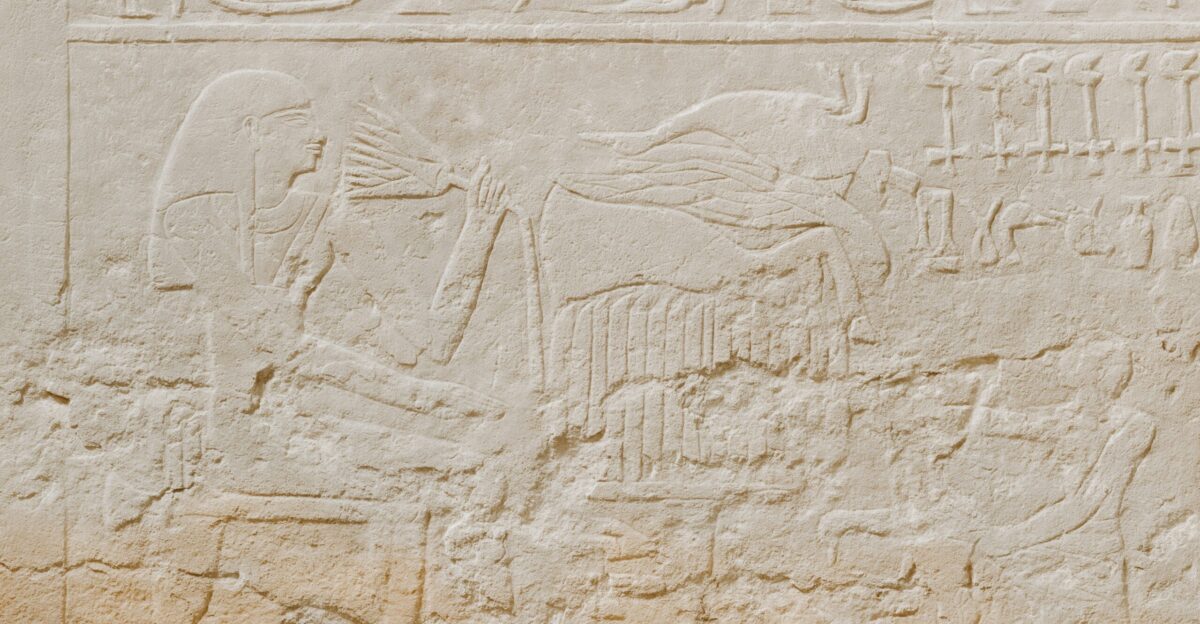
Stylistic details dated the tomb to the Ramesside period (circa 1292–1189 BCE), when Thebes thrived as Egypt’s capital. Officials of this era managed temple estates, tax systems, and royal construction projects — roles that required immense influence and direct connections to the pharaoh’s court.
Centuries of Looting Erased the Name
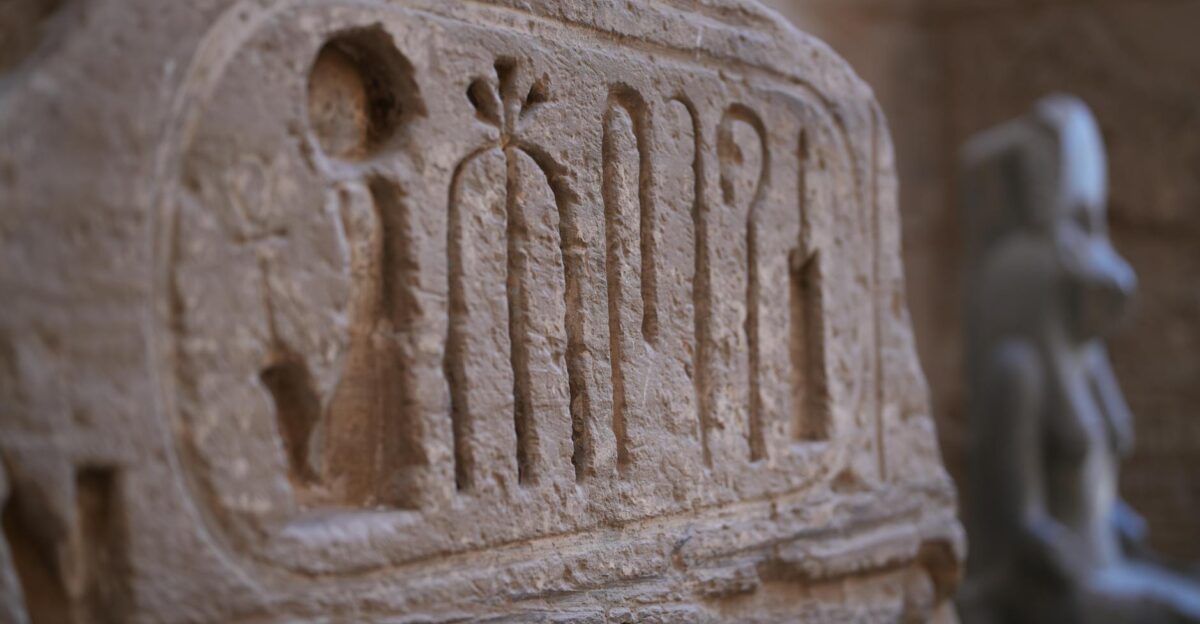
Looting over centuries had stripped the tomb of valuables and removed cartouches or statues that might have named the occupant. “Without a name, you have only the circumstantial evidence of titles and location,” said Dr. Hussein.
For decades, these missing elements kept the mystery alive.
A Single Fragment Narrowed the Search
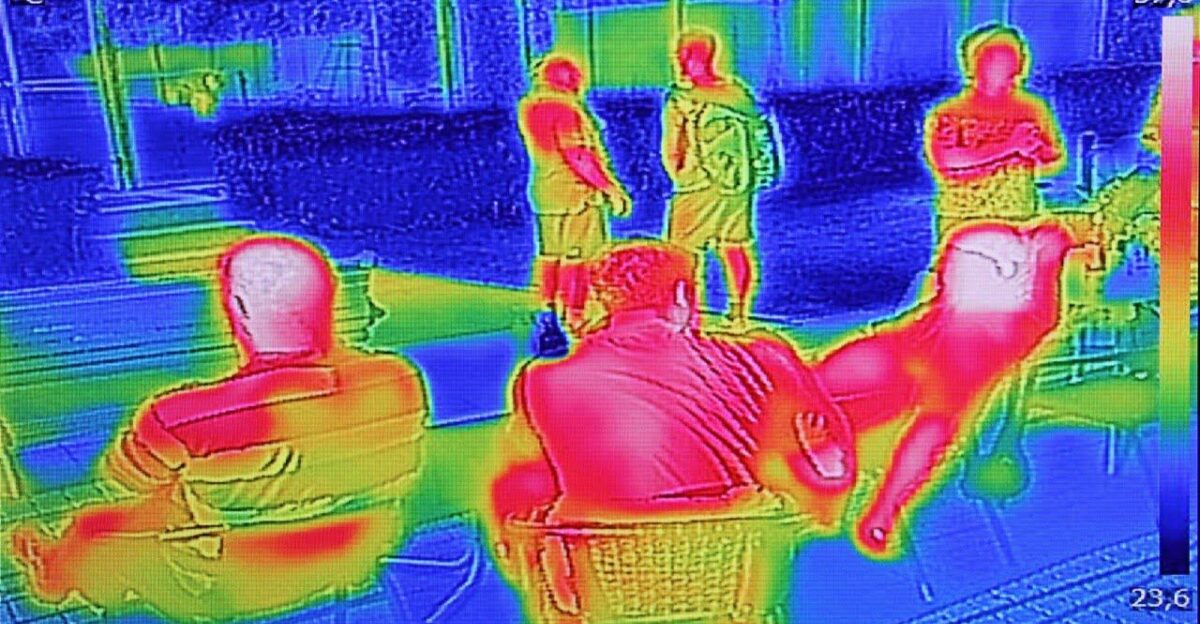
Eventually infrared imaging revealed faint hieroglyphs on a limestone fragment. The markings included a unique combination of titles and the start of a personal name. Researchers could now cross-reference the data with known records of Theban officials from the Ramesside period, drastically narrowing the possibilities.
Records From Thebes Finally Match the Clues

Compared to historical lists of Theban officials, only one name matched the combination of titles and time frame. “It was like seeing the final piece of a jigsaw slide into place,” said Dr. al-Tayeb. The team could finally identify the tomb’s long-forgotten owner with confidence.
Authorities Announce a Historic Breakthrough

The Ministry of Tourism and Antiquities announced the discovery as a significant milestone, crediting cooperation between Egyptian and Canadian teams. “This is a model for how international collaboration can resolve long-standing questions,” the ministry noted in its statement, underscoring the value of shared expertise.
Amun-Mes Steps Out of the Shadows
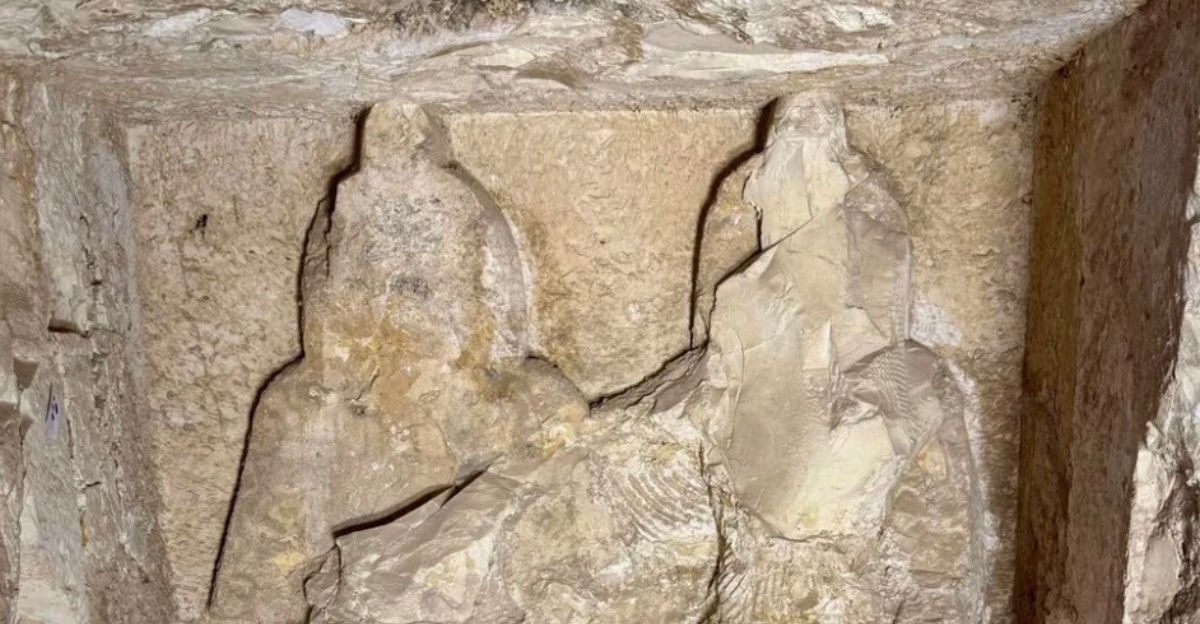
After decades of speculation, the name finally emerged … Amun-Mes. Once a towering figure of the Ramesside era, he held an array of prestigious titles — Mayor of Thebes, King’s Advisor, God’s Father of Amun, Tax Collector, and Head of Quarry Services under Ramses IV.
In his lifetime, Amun-Mes oversaw royal construction projects, managed temple wealth, and wielded influence at the very heart of Egypt’s religious and political power. Now, 3,000 years later, his story is no longer lost to time.
Tourism Officials Predict a Surge in Visitors
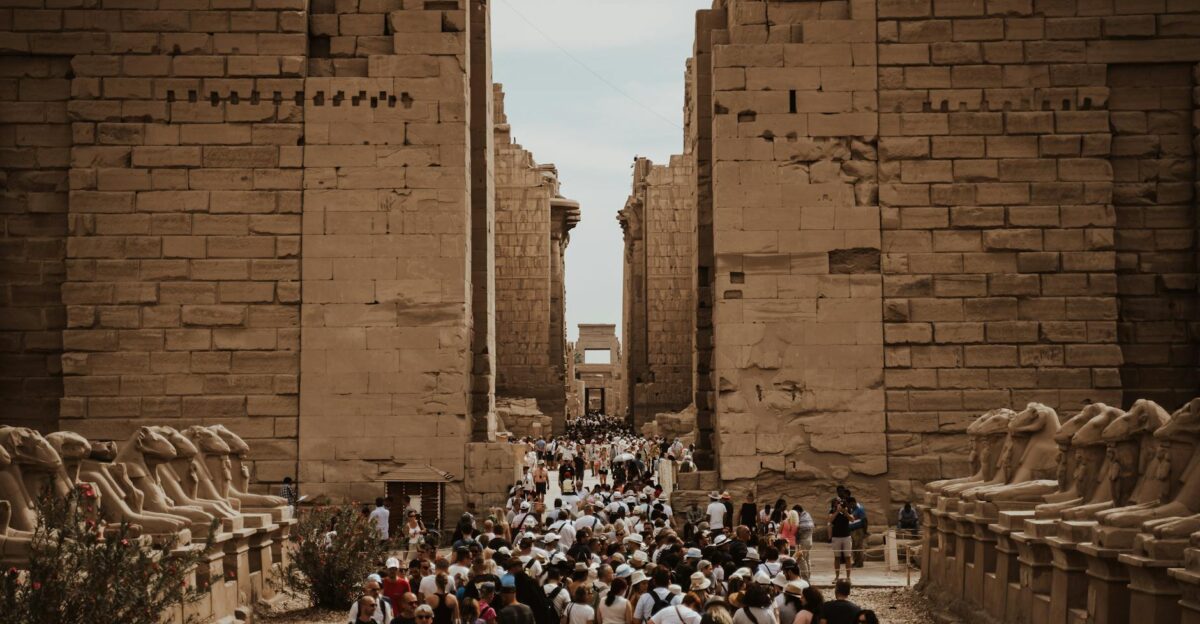
Officials say naming the tomb will give Luxor’s visitors a tangible connection to its history. “People can now link this site to a real figure who shaped Thebes,” said Mohamed Ali, director of the West Bank Antiquities Department.
He added that the identification adds a personal dimension to Egypt’s ancient past, making the experience more compelling for tourists.
Another Major Win for Egypt’s West Bank
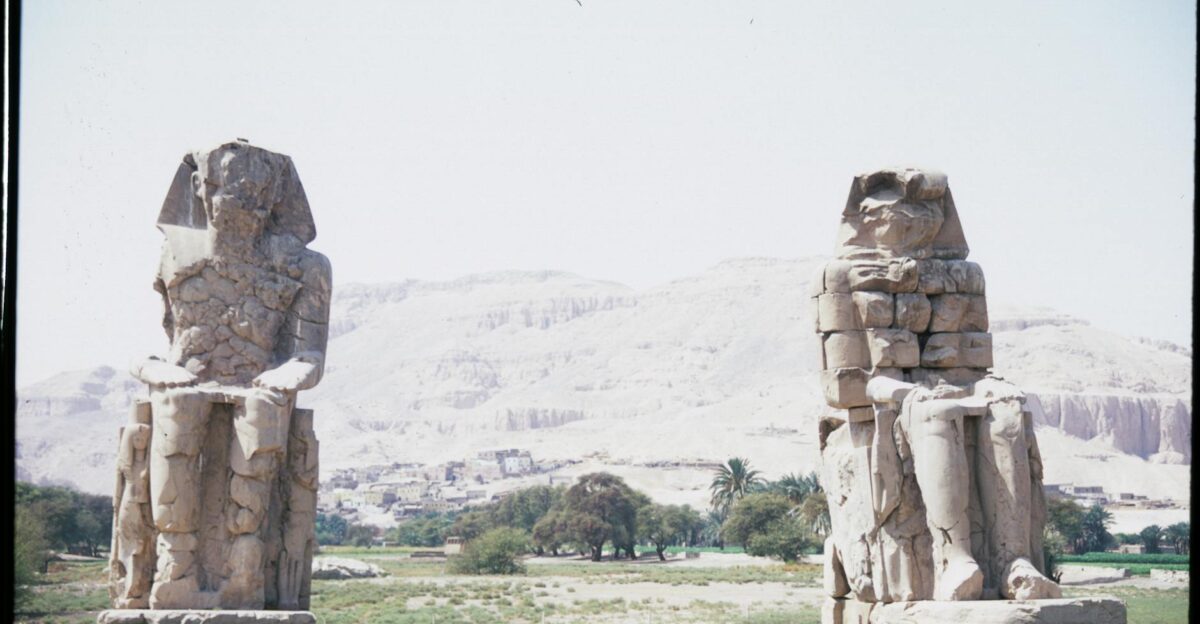
The naming of Kampp 23’s owner comes during a surge of discoveries across the Theban necropolis, from newly opened tombs to restored temples.
Together, these finds deepen understanding of ancient Thebes and keep Luxor firmly in the spotlight of archaeological research.
Even With the Mystery Solved, More Awaits
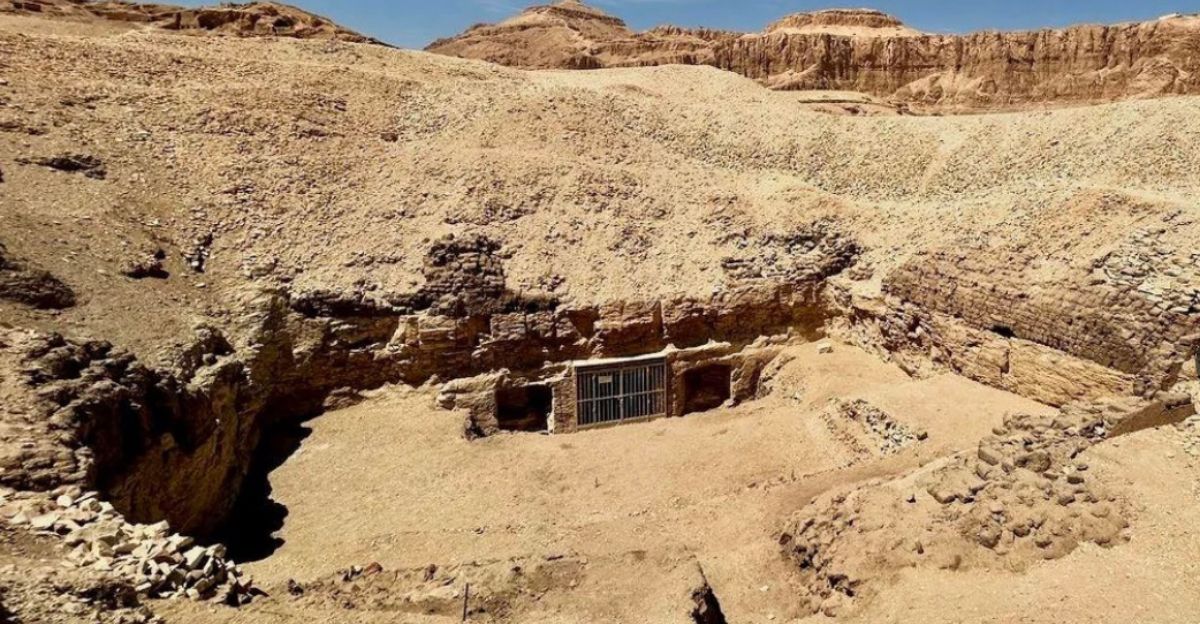
Researchers will continue studying Kampp 23 to learn more about Amun-Mes’ family, career, and role in Thebes’ political life. “Every answer in Thebes opens the door to new questions,” said Dr. Hussein.
Even with the mystery solved, the tomb may yet reveal untold details — proof that Egypt’s past still has secrets waiting to be uncovered.

